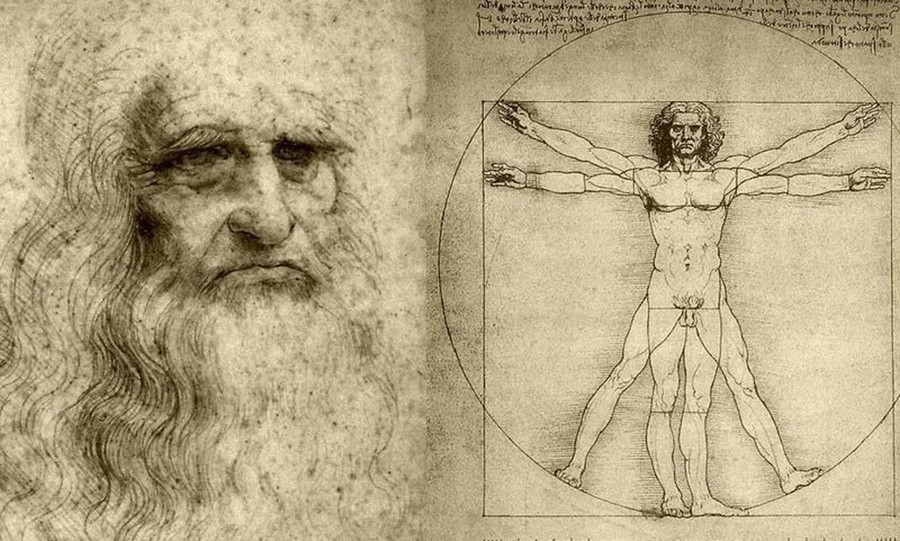Decoding the Fashion of Ancient Egyptian Pharaohs: A Journey Through Regal Attire
The ancient Pharaohs of Egypt, revered as divine rulers and earthly embodiments of gods, held immense power and authority. Central to their majestic presence was their attire, which conveyed not only their status but also their connection to the divine realm. In this article, we embark on a journey through the regal fashion of the ancient Egyptian Pharaohs, exploring the symbolism, materials, and styles that defined their iconic wardrobe.
1. The Royal Regalia: At the heart of the Pharaoh's attire lay the royal regalia, a collection of symbolic garments and accessories imbued with religious significance. Chief among these was the Nemes headdress, a striped headcloth adorned with the uraeus, a stylized representation of the sacred cobra associated with divine protection. The Nemes headdress, often depicted in hieroglyphs and statuary, instantly identified the wearer as a Pharaoh and served as a potent symbol of royal authority.
Length portrait of Ramses III (necropolis of Thebes - Twentieth Dynasty.)
2. Linen and Fine Fabrics: The Pharaohs favored garments crafted from fine linen, a luxurious fabric prized for its softness and breathability in Egypt's hot climate. Linen garments were meticulously woven and often embellished with intricate patterns and motifs, reflecting the wearer's status and wealth. Pharaohs also adorned themselves with garments made from imported fabrics such as silk and fine wool, showcasing their connections to distant lands and exotic trade routes.
Painting: Portrait of Queen Nebto daughter of Ramesses II Miamun (nineteenth dynasty.)
3. Ornate Jewelry and Accessories: In addition to their elaborate attire, Pharaohs adorned themselves with a dazzling array of jewelry and accessories. Gold, revered as the skin of the gods, was the preferred metal for crafting royal ornaments, including bracelets, necklaces, and rings. Precious gemstones such as lapis lazuli, turquoise, and carnelian were prized for their vibrant colors and believed to possess protective powers. Amulets and pendants engraved with sacred symbols were also worn to ward off evil and ensure the Pharaoh's divine protection.
Title: Broad collar
Period: Middle Kingdom
Dynasty: Dynasty 12–13
Date: ca. 1981–1640 B.C.
Geography: From Egypt, Memphite Region, Lisht North, Tomb 954, Burial 954F, MMA excavations, 1920–22
4. Symbolism and Iconography: Every aspect of the Pharaoh's attire was steeped in symbolism, reflecting the ruler's divine mandate and connection to the gods. The crook and flail, symbols of kingship and authority, were often depicted in the Pharaoh's hands or incorporated into their regalia. Images of falcons, lotus flowers, and other sacred symbols adorned their garments, conveying notions of power, fertility, and rebirth. Each garment and accessory served as a visual language, communicating the Pharaoh's divine status and the eternal principles of Ma'at, harmony, and balance.
Title: Uninscribed Scarab of Sithathoryunet
Period: Middle Kingdom
Dynasty: Dynasty 12
Reign: reign of Senwosret II–Amenemhat III
Date: ca. 1887–1813 B.C.
Geography: From Egypt, Fayum Entrance Area, Lahun, Tomb of Sithathoryunet (BSA Tomb 8), Chamber E, box 4, BSAE excavations 1914
5. Ritual and Ceremonial Attire: During religious ceremonies and state rituals, Pharaohs donned elaborate ceremonial attire designed to accentuate their divine role and facilitate their communication with the gods. The ceremonial beard, a false beard made from metal or faience, was worn by Pharaohs to symbolize their association with the god Osiris and their role as intermediaries between the mortal and divine realms. Elaborate crowns and headdresses adorned with precious jewels and symbols of divine kingship completed the Pharaoh's ceremonial ensemble, transforming them into living embodiments of cosmic order and divine will.
The fashion of the ancient Egyptian Pharaohs was far more than mere adornment; it was a potent expression of divine authority, cultural identity, and religious symbolism. From the iconic Nemes headdress to the shimmering gold jewelry and ceremonial regalia, every aspect of the Pharaoh's attire served to reinforce their status as earthly gods and eternal rulers. As we marvel at the exquisite craftsmanship and timeless elegance of ancient Egyptian fashion, we gain a deeper appreciation for the enduring legacy of one of history's most fascinating civilizations.
Source:











